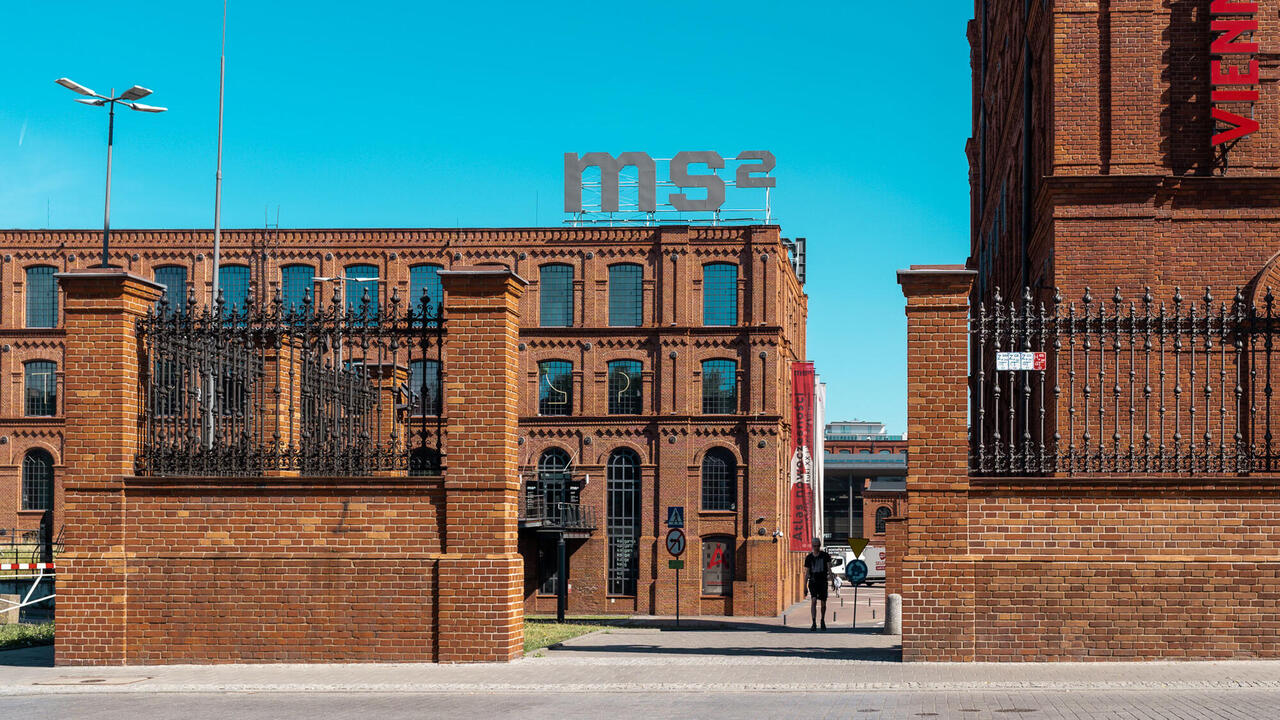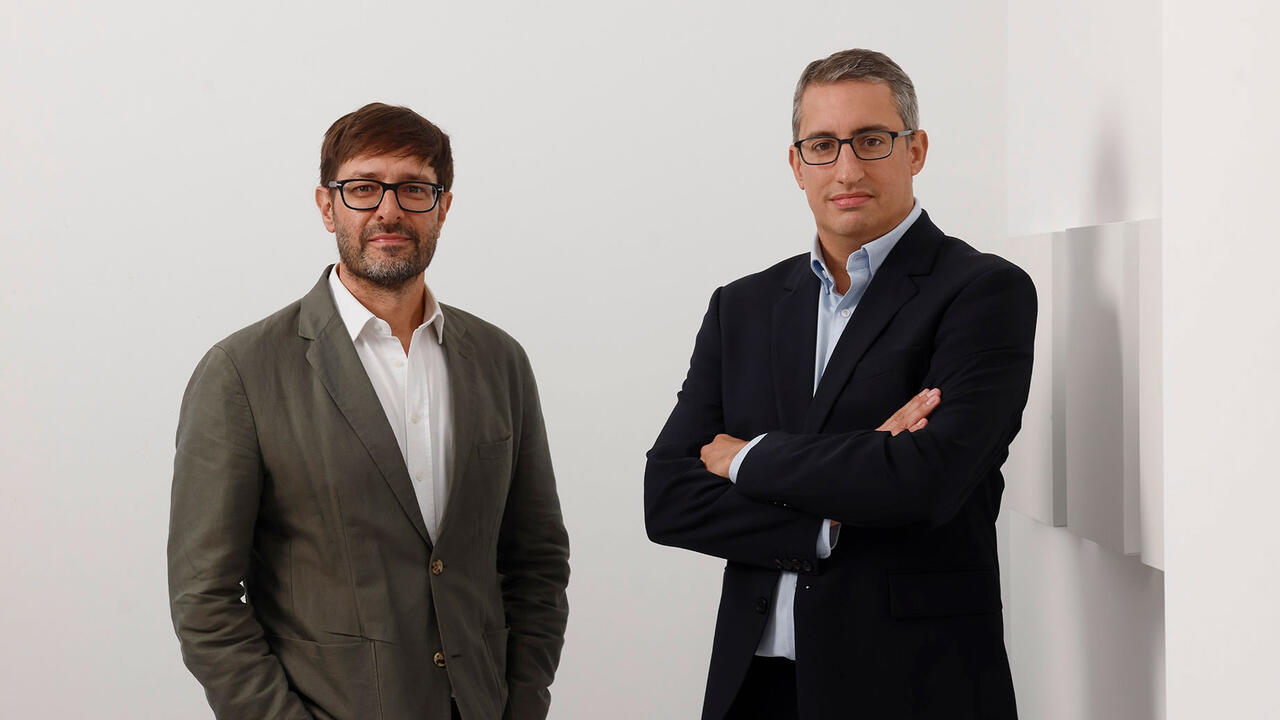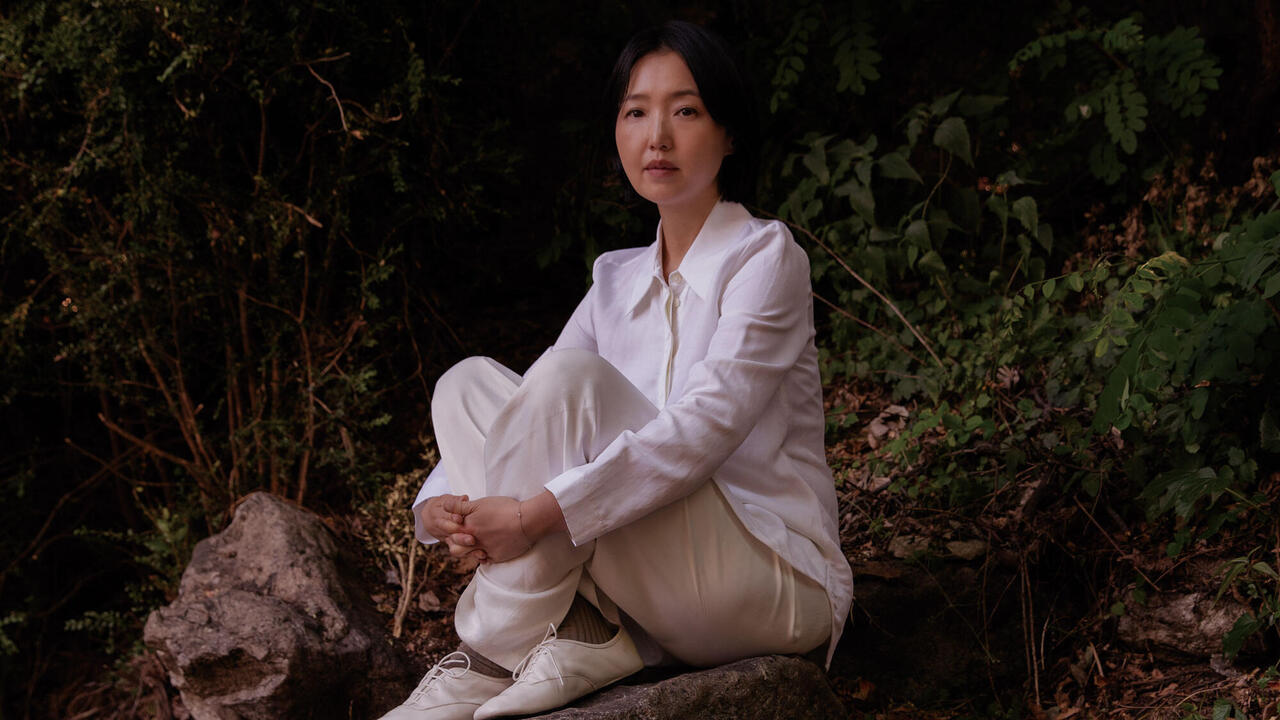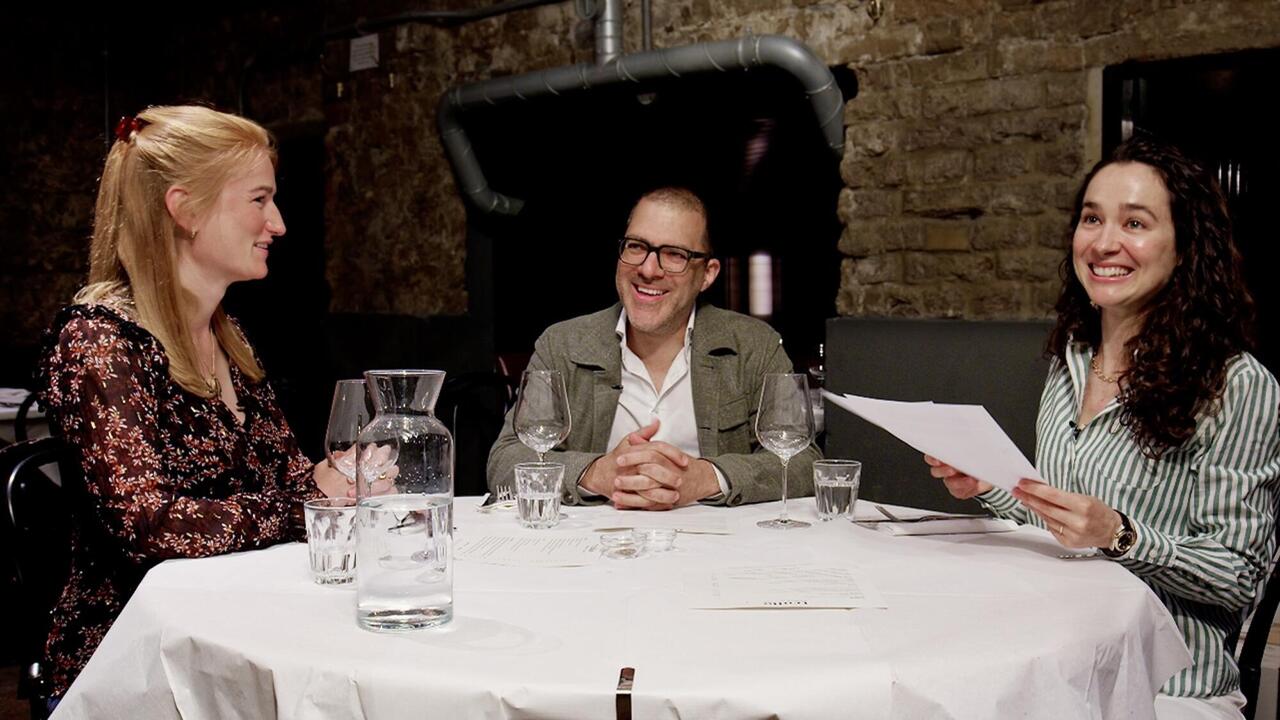How the Luxury Sector Snagged Contemporary Art
‘The past must be enriched’: An interview with leading French sociologists Luc Boltanski and Arnaud Esquerre
‘The past must be enriched’: An interview with leading French sociologists Luc Boltanski and Arnaud Esquerre

On a hot afternoon in June, I met the sociologists Luc Boltanski and Arnaud Esquerre in the latter’s office in the École des hautes études en sciences sociales (EHESS), in Paris’s 6th arrondissement, not far from the gourmet food stalls of the Bon Marché market and its LVMH-owned La Grande Epicerie. No duck liver or orange wine were had during this tête-à-tête.
A bespectacled, convivial man, Boltanski is one of the world’s leading sociologists and director of studies at an institution for social research whose affiliates have included Roland Barthes, Pierre Bourdieu and Jacques Lacan. Among Boltanski’s many works is a classic study of management discourse called The New Spirit of Capitalism (2005, with Eve Chiapello), which prognosticated the flat hierarchies and open-plan offices of today’s managerial environments. Boltanski and the younger social historian Esquerre made a splash in France with the co-authored publication of Enrichissement. Une critique dela marchandise (Enrichment, A Critique of Commodities, 2017). The book looks, with impressive range and depth, at the way the luxury sector, from fine art to fine cuisine, increasingly gilds our unequal world. To my mind, it also doubles as a much needed critical history of the contemporary art industry. Is cultural heritage priceless? On the contrary, Boltanski and Esquerre argue, it commands ever-higher prices. Enrichissement, which is due to be published in English next year by Polity, asks an apparently simple question: why do some things (wine, Monty Python memorabilia, a woven-leather Bottega Veneta clutch) cost more than others? Their answer manages to account not only for art foundations and museum cafes in the south of France, or a Wes Anderson-designed interior in Milan, but also the familiar visual palettes in our age of ‘heritage mania’ (as Boltanski and Esquerre termed it in a 2016 essay for New Left Review): ‘craft’ beer and coffee, dim-lit speakeasy interiors, ‘authentic’ food trucks, art foundations in rural sites, intercontinental tourism, a fascination with all things handmade, bespoke clothing, protected food.
Food, tourism, luxury and art are nothing if not fraternizing in France, which is the epicentre of many of these forces, and of their study. On the day I met them, it was Paris Fashion Week for Menswear and Louis Vuitton, steered by impresario designer (and erstwhile artist) Virgil Abloh, had cheekily staged a green, LV-patterned crêperie stand-cum-bicycle on Paris’s Place Dauphine. The young rebel upstarts at Vetements, meanwhile, had brought their defiantly dressed-down models into a ‘McDo’ (as McDonald’s is affectionately referred to in France) on the Champs-Élysées for a runway show. Not far from EHESS, Notre-Dame de Paris was in the process of getting reconstructive surgery after April’s fire, drawing on the enormous sums pledged by people including French billionaires such as Kering’s CEO, François Pinault. Pinault’s new museum, designed by Tadao Ando, will open next year in Paris’s Bourse de commerce, the commodities exchange building where brokers once traded in foodstuffs such as wheat, sugar, rye and alcohol. Bottoms up.

Pablo Larios Luc, I’m an admirer of your sociological work (with Eve Chiapello) tracing the ways the figure of the ‘artist’ became a paradigm, or a paragon, for a number of nonartistic vocations, from corporate manager to sommelier.
Luc Boltanski Maybe you saw the movie The Square (2017)? In one scene, the museum’s chef addresses a group of donors and tells the story of what he has prepared …
Arnaud Esquerre … the chef is a doppelgänger of the artist!
PL Why is it that, today, every cook, DJ or designer aspires to be an ‘artist’, a ‘creative’ or ‘influencer’?
LB My first book, Les Cadres (1982), was a study of ‘le cadre’, the corporate manager or executive. This figure became a kind of social idol in France during re-industrialization in the 1950s, and was often portrayed in literature and film. As you say, the creative – and, of course, the artist – is a new kind of idol. It’s no different. It’s connected with a new kind of reality: what Arnaud and I term the ‘economy of enrichment’.
PL What happened between then and now, and what is this economy of enrichment?
LB With the decline of industry from 1970 to 1980, young people who came from the bourgeoisie and whose parents were engineers or doctors, began to work within this new domain – in museums, fashion or the luxury sector. This became the core of a new economy. Today, we exist in this model of ‘creativity’ and everyone, whether they are a hairdresser or a chef, wants to be a ‘creative’.
AE A few years ago, we saw an exhibition about Louis Vuitton at the Grand Palais in Paris. In the 19th century, Louis Vuitton was a manufacturer of suitcases. Yet, Vuitton was remade as an ‘artist’. They presented something collectible – Vuitton himself was a collector of hotel tickets – plus Damien Hirst suitcases. Here you have everything that makes up the economy of enrichment: tourism, craftsmanship, the artist figure, the collection form and the luxury industry.
LB And Louis Vuitton has a foundation for art. What has become important now is collaboration between artists and luxury brands.

PL Enrichissement looks at how certain objects and experiences – gourmet food, contemporary art, tourism, the luxury sector, ‘heritage’ and handmade goods – are given high prices, while others aren’t. This is increasingly done, as you write, by ‘exploiting the past’ through narrativization, storytelling. What led you to research this new economy of enrichment and what did you discover?
LB We wanted to try to define an economic sociology around objects, taken in their materiality. In France, during the 1960s and ’70s, in the work of Roland Barthes or Pierre Bourdieu, there was great interest in commodification and consumer society. ‘Things’ were essentially seen as the support of symbolic meaning. The thematic of the ‘price’ was largely abandoned by sociology after the 1960s, and given uniquely to the economists. We were initially interested in the sociology of the upper class, for whom art collecting is important, so we began to reflect on collecting practices in society. We learned that the problem was far more significant than that: collection is a pattern within a new, increasingly important economy, emerging in western Europe but spreading outwards.
PL When did this economy of enrichment become a significant economic or sociological pattern?
LB In the 1980s. The year 1975 saw the highest number of industrial workers in France. The peak of industrial society was the period directly following May 1968. This time of accomplishment was also the beginning of the end, connected with basic, well-known economic processes like deregulation of investment abroad, the re-engineering of main local industries and, after that, the relocation of domestic industries to low-wage countries, which began with textile manufacturing and, after the 1990s, became increasingly widespread.
AE After deindustrialization, western Europe, especially France, Italy and Spain – not so much Germany – also experienced the expansion of tourism. Simultaneously, the luxury industry underwent a complete transformation with the creation of big conglomerates like LVMH and Kering. Our thesis is that there is a strong circulation between the art market, the luxury industry and tourism, and this is the core of the enrichment economy. It is often underestimated because people frequently consider only one activity. You have to look at them all to see that they work together. Today, the luxury industry represents one of France’s main exports and tourism accounts for 7.5 percent of the country’s GDP.

LB During the years of re-industrialization after World War II, in the 1950s and ’60s, the state’s main problem was to increase the number of workers: to encourage people to leave the farms and move to the cities. A lot of novels and songs from that time are about leaving the country for the city to become an industrial worker. After the protests of ’68 and the important workers’ movements in France and Italy (and also the UK), big firms developed a process of re-organization of production or – in management terms – of ‘re-engineering’. The result of this was an increase in unemployment. By the 1970s, in France, particularly in the south, there were a lot of places in the process of becoming completely deserted. Many people who were involved in ’68 left for the countryside, particularly the wine region of the south. We had a sort of spontaneous re-evaluation of crafts, of traditional ways of cooking, of cultivating plants and, especially, vineyards. Later, in the 1980s and ’90s, this was supported by a new interest in ecological food, and then by the public sector and government. Big economic groups – particularly those influenced by the luxury economy – began to buy vineyards and firms producing champagne. And you had a big campaign to certify produce and objects coming from a certain ‘terroir’ (region – such as AOP, L’Appellation d’origine protégée).
PL Your book examines the ‘exploitation of the past’ in a way that connects tourism, heritage and protected food and drink with the museums and museum cafes of contemporary art. You look to the regeneration of places such as Arles, where Maja Hoffmann opened her LUMA Arles, as well as the restaurant at the Soulages Museum in Rodez. How does food connect to the economy of enrichment?
AE If you want to have luxury food, you have to use a narrative of the past to explain that, in fact, this kind of mushroom has a history, or this kind of vineyard is very old, or to tell the history of the castle that the vineyard is on. This has led to a transformation of luxury food, one that aligns with the tourist sector. We have standard food, sold in supermarkets; but in luxury food shops, it is necessary to value foods differently, to justify their high price by associating them with a story – explaining their origin, the way they are produced, the person who produces them – much like the objects in an art collection.
PL Your book analyses the menus of museum cafes in detail. Why did you look into this?
AE The Soulages Museum, built by RCR architects, has a restaurant by Michel Bras, a famous chef in France. Every product on the menu has a brief narrative explaining what it is and how this kind of food has a tradition in this country. It’s an example of the now-common practice of building a narrative around food. This is especially true of the slow food movement, where you have to explain what it is, from where the product comes and how it is produced. This all depends on food being prepared by hand; it’s often the same with art and artefacts. I just read in the newspaper that Vincent van Gogh’s revolver was sold for 162,500 euros because maybe – we don’t know – Van Gogh used this revolver to kill himself.
PL In what other ways are food and goods dependent on such storytelling?
LB With the wine of the Loire region, we saw the production of purported medieval traditional societies with specific costumes – but this was a re-invented past, one that included stories about François Rabelais, the 16th-century French writer, and supposed hedonist and oenophile. Or consider the chestnut: initially, this was poor food for a particularly undernourished population; later there came an effort to rebuild narratives around the chestnut, to try to transform it into a luxury good. Or take wine in Roussillon, in the south of France. This region was once called the French wine ‘factory’ because they produced an inexpensive wine – Le Gros Rouge – for workers. The price of this wine began to increase in the 1970s and ’80s, partly due to people moving there from the cities for ideological reasons after ’68, then later due to the investment of big wine brands.

AE We researched Laguiole, a small village in the south of France. In the 1960s, with the decline in the number of farmers and the transformation of small farms into large farms, a central question was: what is the future of the countryside? Previously, every village in France had its own knife, its own metalsmiths, who disappeared in the mid-20th century because of industrialization. But, in the 1980s, Laguiole decided to develop handcrafted knives, based on a fabricated tradition. The important point for our economy of enrichment is that the development of handcrafted and collectible knives required a narrative that invented and exploited the past.
PL This all aligns with current ‘foodieism’, the return to crafts and farm-to-table trends. So, what next – is there an end to the enrichment economy?
LB First of all, it’s a very fragile economy. Destroying a country’s industry requires war, economic blockade or deep economic transformation. But one bomb is enough to make the rich flee. Then, the development of tourism and the rising prices of products and real estate start to raise questions about living in ‘enriched’ places, and people begin to protest, asking to limit this economy of enrichment or posing the question of the ‘commons’, as in Barcelona or Venice.
AE The economy of enrichment exploits history, but requires new narratives around the past. If it’s only conservative, you stop this development. And that’s why, in the enrichment economy, you have contemporary art: you need new artists. If the narrative of the past has no future, it stops. The past must always be enriched. The question is: who controls the stories?
This article first appeared in frieze issue 205 with the headline ‘Tastes Rich’.
Main image: Homemade butter cake and Laguiole knife on white porcelain dish. Courtesy and photograph: Cyrille Gibot/Alamy























